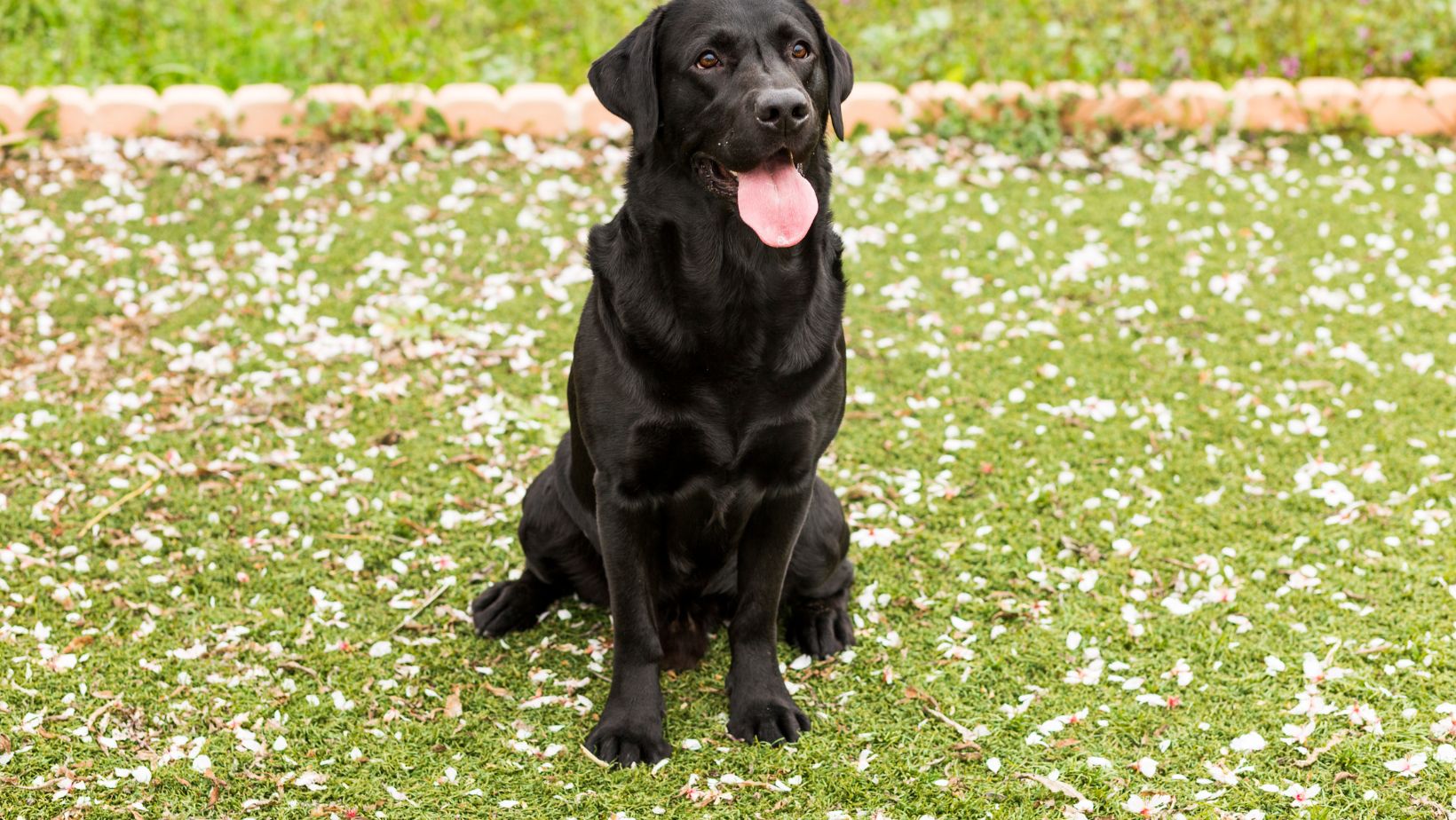How to Stop a Dog from Being Aggressive
If you’re dealing with an aggressive Labrador and wondering how to stop their aggressive behavior, you’ve come to the right place. Aggression in dogs can be a serious issue that needs to be addressed promptly and effectively. In this article, I’ll share some valuable insights on how to tackle aggression in Labradors.
First and foremost, it’s crucial to understand what might be causing your Labrador’s aggression. Aggression in dogs can stem from various factors such as fear, territoriality, resource guarding, or even improper socialization. Identifying the root cause is key to implementing the appropriate training techniques.
Understanding Dog Aggression
When it comes to understanding dog aggression, it’s important to recognize that aggression in dogs can stem from a variety of factors. One common breed known for its occasional aggressive behavior is the Labrador Retriever. While Labradors are typically friendly and gentle, they are still susceptible to displaying signs of aggression under certain circumstances.
There are several key factors to consider when delving into the topic of dog aggression. Let’s explore them further:
- Nature vs. Nurture: Aggression in dogs can result from both genetic predispositions and environmental influences. Some Labradors may have inherited traits that make them more prone to aggressive behavior, while others may develop it due to poor socialization or negative experiences during their formative years.
- Fear and Anxiety: Dogs may become aggressive as a response to fear or anxiety-inducing situations. For example, if a Labrador feels threatened or cornered, they might resort to aggressive behaviors as a means of self-defense.
- Resource Guarding: Dogs, including Labradors, can display aggression when protecting valuable resources such as food, toys, or even their territory. This instinctual behavior is rooted in their ancestral nature as hunters and protectors.
- Lack of Training and Socialization: Proper training and socialization play crucial roles in preventing dog aggression. Without adequate training, Labradors (or any other breed) may struggle with impulse control and fail to understand appropriate ways of interacting with humans and other animals.
- Medical Conditions: It’s essential not to overlook potential underlying medical conditions that could contribute to aggressive behavior in dogs like Labradors. Pain or discomfort caused by health issues might trigger defensive reactions leading to aggression.
Remember that every dog is unique, and there isn’t a one-size-fits-all solution for addressing aggression in Labradors or any other breed for that matter. If you’re concerned about your Labrador’s aggressive tendencies, it’s always best to consult with a professional dog trainer or behaviorist who can provide personalized guidance and support.
Identifying Triggers and Warning Signs
When it comes to dealing with aggression in dogs, one of the crucial steps is identifying the triggers and warning signs that can lead to aggressive behavior. By recognizing these cues early on, you can take proactive measures to prevent any potential incidents from occurring. Let’s delve into this topic further.
- Body Language: Dogs communicate through their body language, and understanding their signals can help you identify if they are feeling threatened or uncomfortable. Some common warning signs include:
- Stiff posture
- Raised hackles
- Dilated pupils
- Growling or snarling
- Baring teeth
- Tail held high or tucked between legs
By paying close attention to your dog’s body language, you can quickly recognize when they might be entering an aggressive state.
- Environmental Triggers: Certain situations or stimuli can trigger aggression in dogs. It is essential to identify these triggers so that you can avoid them whenever possible. Some examples of environmental triggers include:
- Confrontation with unfamiliar dogs or people
- Loud noises (such as fireworks or thunderstorms)
- Protecting food, toys, or territory
- Rough handling or inappropriate touching
Recognizing the specific triggers that set off your dog’s aggression will enable you to create a safer environment for them.
- Past Experiences: Understanding your dog’s past experiences is crucial in identifying potential triggers for aggression. For instance, if your Labrador has had negative encounters with other dogs at a young age, they may develop fear-based aggression towards other canines later in life.
Take note of any traumatic experiences your dog may have had and use this knowledge to anticipate situations that could potentially provoke an aggressive response.
- Professional Guidance: If you’re struggling to identify the triggers and warning signs of aggression in your Labrador, seeking professional advice from a qualified trainer or animal behaviorist is highly recommended. They have the expertise and experience to assess your dog’s behavior and provide tailored guidance to address the aggression effectively.
Remember, identifying triggers and warning signs is just the first step towards managing and resolving aggression in dogs. It’s crucial to combine this knowledge with positive reinforcement training techniques and seek professional help if needed. By doing so, you can create a safe and harmonious environment for both yourself and your beloved Labrador.
